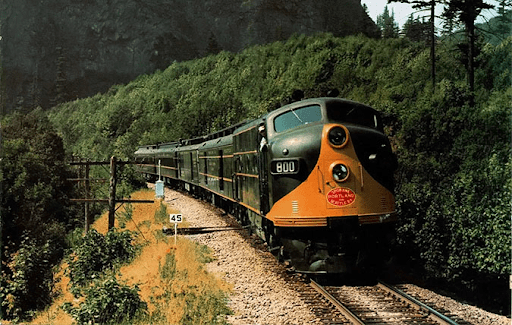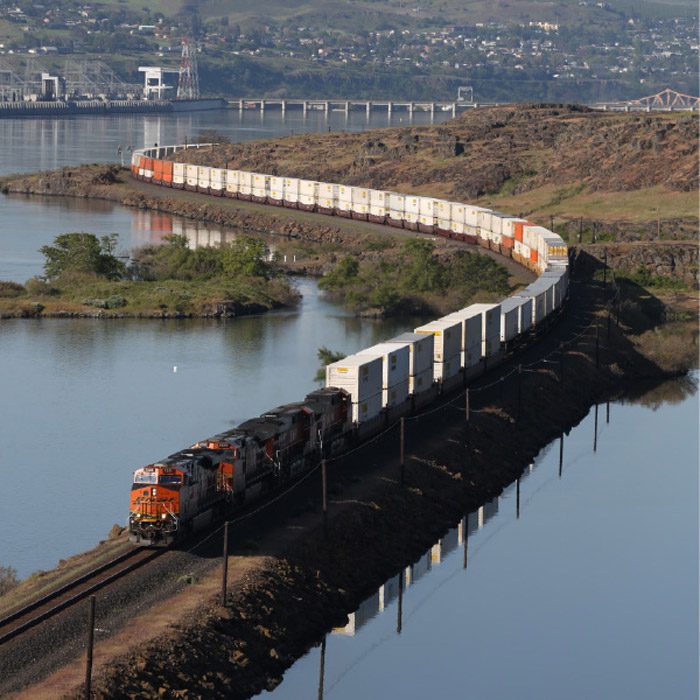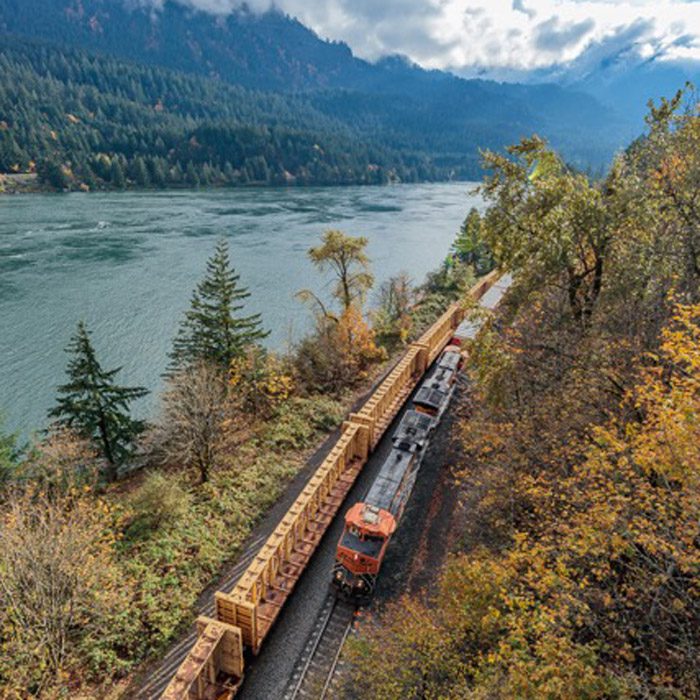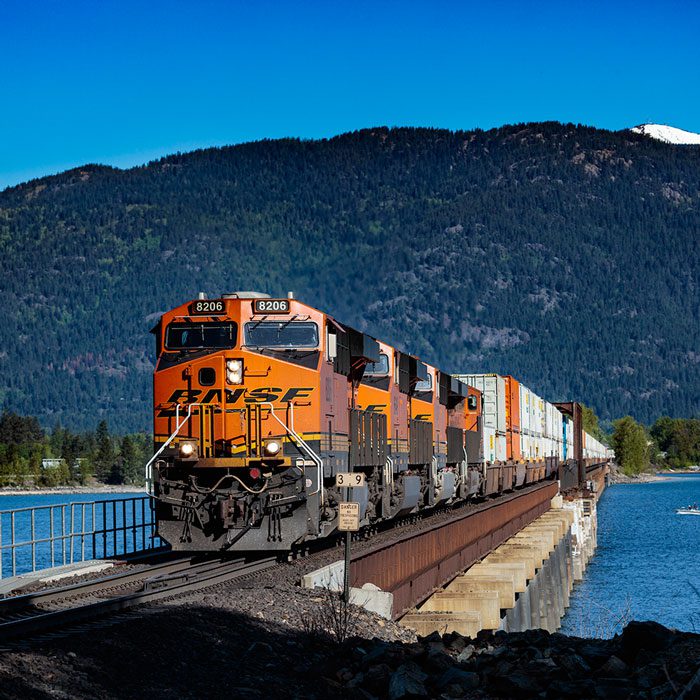
In the early 1900s, railroad visionary James J. Hill, the force behind the Great Northern and Northern Pacific railroads, saw a unique opportunity. The Columbia River Gorge provided an ideal but underused rail route, allowing him to build a more efficient connection between Spokane, Washington, and Portland, Oregon. This became the Spokane, Portland & Seattle Railway (SP&S). More than just competing with rivals, Hill’s plan took advantage of the natural geography—using the relatively flat Columbia and Snake River corridors to reduce the need for heavy locomotives and create a cost-effective path through the rugged Pacific Northwest.
The SP&S, a major BNSF predecessor, was predominantly known for transporting freight, but it also played a significant role in passenger transportation. At its peak, the railway ran as many as 50 daily passenger trains, connecting small towns and cities across the Pacific Northwest. Its scenic routes, particularly through the Columbia River Gorge, became famous for their breathtaking views.




